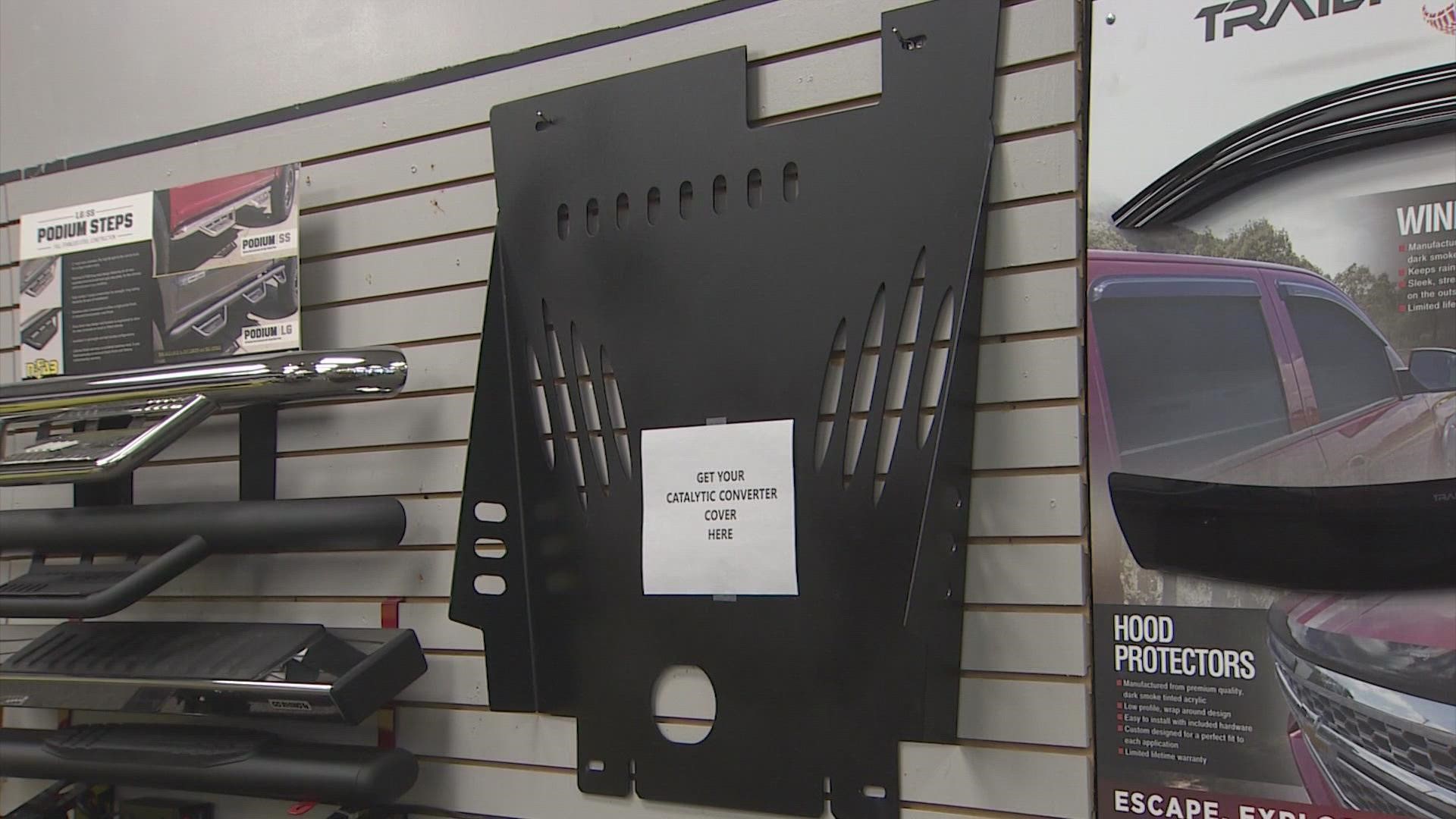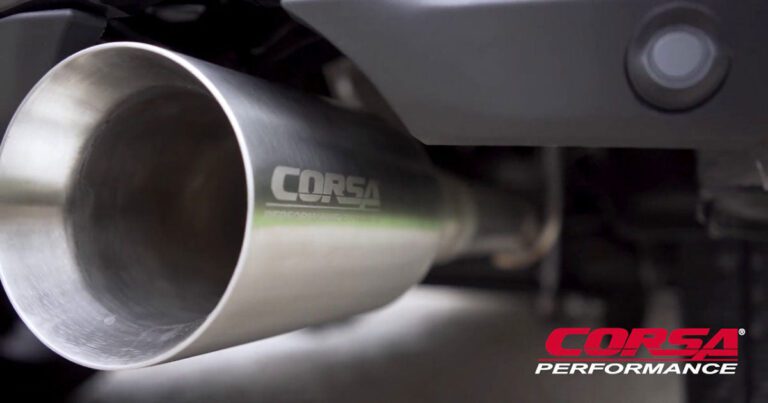Can You Put Catalytic Converter Back on? 5 Easy Steps to Reinstall It Now!
Yes, you can put a catalytic converter back on a vehicle. A catalytic converter is an essential component of a vehicle’s exhaust system that helps reduce harmful emissions.
However, there may be instances where a catalytic converter needs to be removed for maintenance or repairs. In such cases, it is necessary to reinstall the catalytic converter to ensure the vehicle complies with emission regulations and operates efficiently. This article will discuss the process of putting a catalytic converter back on a vehicle and provide some useful tips for a successful installation.
Whether you are a DIY enthusiast or seeking professional assistance, understanding the steps involved in reinstalling a catalytic converter will help you make informed decisions and keep your vehicle running smoothly.
Assessing The Need For Catalytic Converter Reinstallation
Assessing the Need for Catalytic Converter Reinstallation is crucial to ensuring vehicle performance and environmental compliance. Signs that indicate the need for a new catalytic converter include a significant decrease in fuel efficiency, the presence of foul odors, and a noticeable decrease in engine power. In addition, a failed emissions test is another indication of a malfunctioning catalytic converter.
Maintaining a properly functioning catalytic converter is of utmost importance for several reasons. Firstly, it helps to reduce harmful emissions, minimizing the environmental impact of the vehicle. Secondly, a well-maintained catalytic converter ensures optimum fuel efficiency, saving money on fuel costs. Furthermore, it ensures compliance with local regulations and prevents legal issues related to emissions standards.
Regular inspection and maintenance of the catalytic converter can prolong its lifespan and prevent the need for replacement. This includes checking for any signs of damage or clogging, and addressing these issues promptly. Seeking professional assistance when dealing with catalytic converter problems is recommended to ensure proper assessment and installation.
Tools And Materials Required For Catalytic Converter Reinstallation
Reinstalling a catalytic converter requires a specific set of tools and materials to ensure a proper installation. Having these items on hand will make the process much easier and smoother. Here is a list of essential tools needed for the job:
| Socket wrench set |
| Wrenches (open-end and adjustable) |
| Jack and jack stands |
| Flare nut wrench |
| Pipe wrench |
| Torque wrench |
| Exhaust clamp |
| Threadlocker |
| Shop towels |
In addition to the tools, it is important to have the necessary materials and parts on hand. These include a new catalytic converter, exhaust gaskets, and exhaust hangers. Make sure to inspect all the parts thoroughly before starting the installation process. Ensuring that you have the right tools and materials beforehand will save you time and frustration down the line. So, gather everything you need and follow the proper installation steps to successfully put the catalytic converter back on.
Step-by-step Guide To Reinstalling A Catalytic Converter
Installing a catalytic converter requires following a step-by-step process to ensure proper functioning and safety. Before beginning, it is important to take safety precautions, including wearing protective gear and preparing the work area. Once ready, the first step is to remove the old catalytic converter. Detachment techniques vary depending on the type of exhaust system, and there may be common challenges to overcome. After removal, the next step is to clean and inspect the exhaust system thoroughly. This involves using proper cleaning techniques and identifying any damages or issues. Once the system is clean and inspected, the new catalytic converter can be installed. It is crucial to position and align it correctly and use appropriate fastening techniques and torque specifications. Finally, conduct final checks to ensure proper connections and test the newly installed catalytic converter. By following this step-by-step guide, it is possible to successfully reinstall a catalytic converter.

Credit: www.khou.com
Benefits Of Reinstalling A Catalytic Converter
A functioning catalytic converter plays a crucial role in improving vehicle performance and fuel efficiency. By reinstalling a catalytic converter, you can enhance your car’s overall performance, including acceleration and horsepower. A properly installed catalytic converter ensures that harmful exhaust gases, such as carbon monoxide, nitrogen oxides, and hydrocarbons, are converted into less harmful emissions before being released into the atmosphere. This not only reduces the impact of harmful pollutants on the environment but also helps in meeting the emission standards set by regulatory bodies. Moreover, a functional catalytic converter improves the fuel efficiency of your vehicle by optimizing the combustion process and reducing the amount of unburned fuel expelled through the exhaust system. By improving fuel efficiency, you can save money on fuel costs in the long run. Reinstalling a catalytic converter not only benefits your vehicle but also contributes to a cleaner and healthier environment.
Frequently Asked Questions For Can You Put Catalytic Converter Back On
Can You Put A Catalytic Converter Back On If It Has Been Removed?
Yes, you can put a catalytic converter back on if it has been removed. However, it is important to ensure that the replacement converter meets the necessary emission standards and is installed properly. It is recommended to consult with a professional mechanic to avoid any potential issues or damage to the vehicle.
Why Would Someone Remove A Catalytic Converter?
People might remove a catalytic converter for various reasons, such as to increase engine performance or to sell it for its precious metal content. However, removing a catalytic converter is illegal in many countries as it increases harmful emissions and violates environmental regulations.
It is important to keep the catalytic converter intact for the proper functioning of the vehicle and the environment.
What Are The Consequences Of Removing A Catalytic Converter?
Removing a catalytic converter can lead to several consequences. It will result in increased emissions of harmful pollutants, such as nitrogen oxides and carbon monoxide, which can contribute to air pollution and harm human health. Additionally, removing the catalytic converter is illegal in many places and can result in heavy fines or even imprisonment.
Can You Bypass A Catalytic Converter?
Bypassing a catalytic converter is possible, but it is not recommended. By doing so, you are bypassing an important emission control component, which will lead to increased pollution and may cause your vehicle to fail emission tests. It is always better to keep the catalytic converter intact and functioning properly to reduce harmful emissions and comply with regulations.
Conclusion
Putting a catalytic converter back on is a viable option for those who have removed it for various reasons. However, it is essential to consider the legal implications and potential damage to the environment. Additionally, consulting with a trusted mechanic is recommended to ensure proper installation and adherence to emissions regulations.
By making informed choices, we can contribute to a cleaner and greener future.







